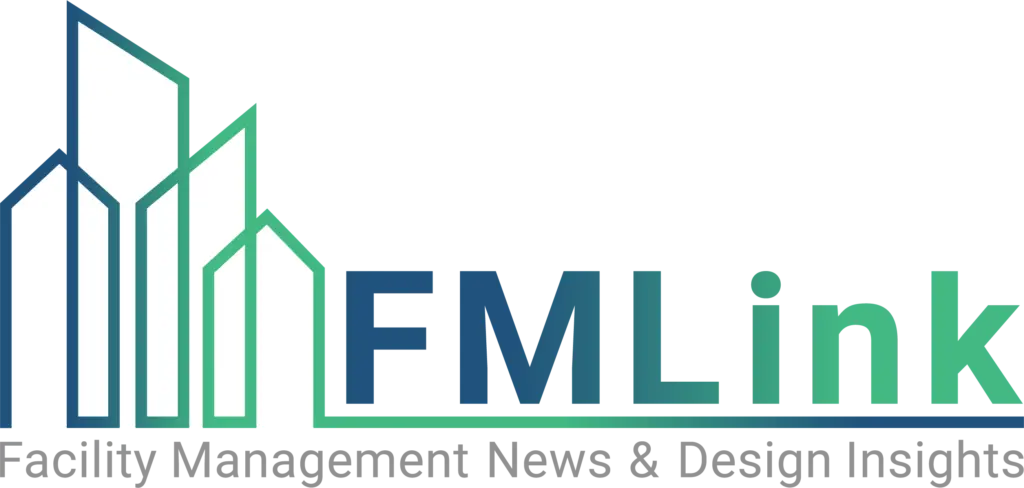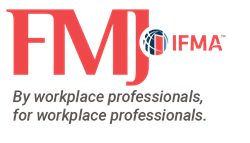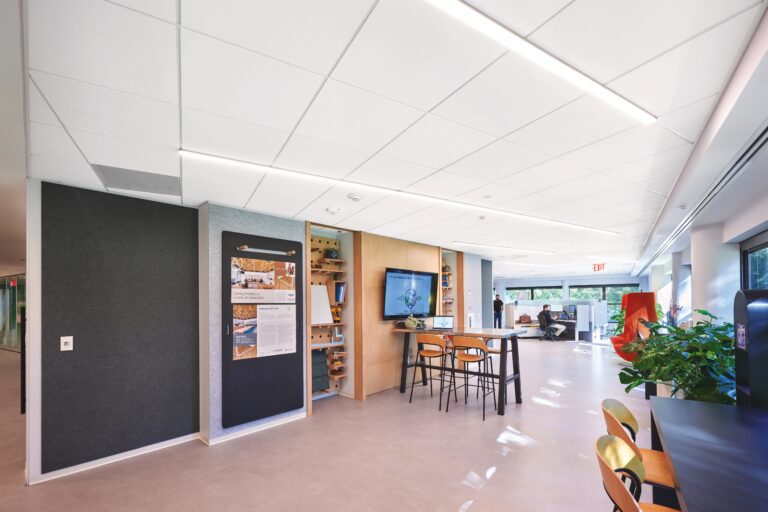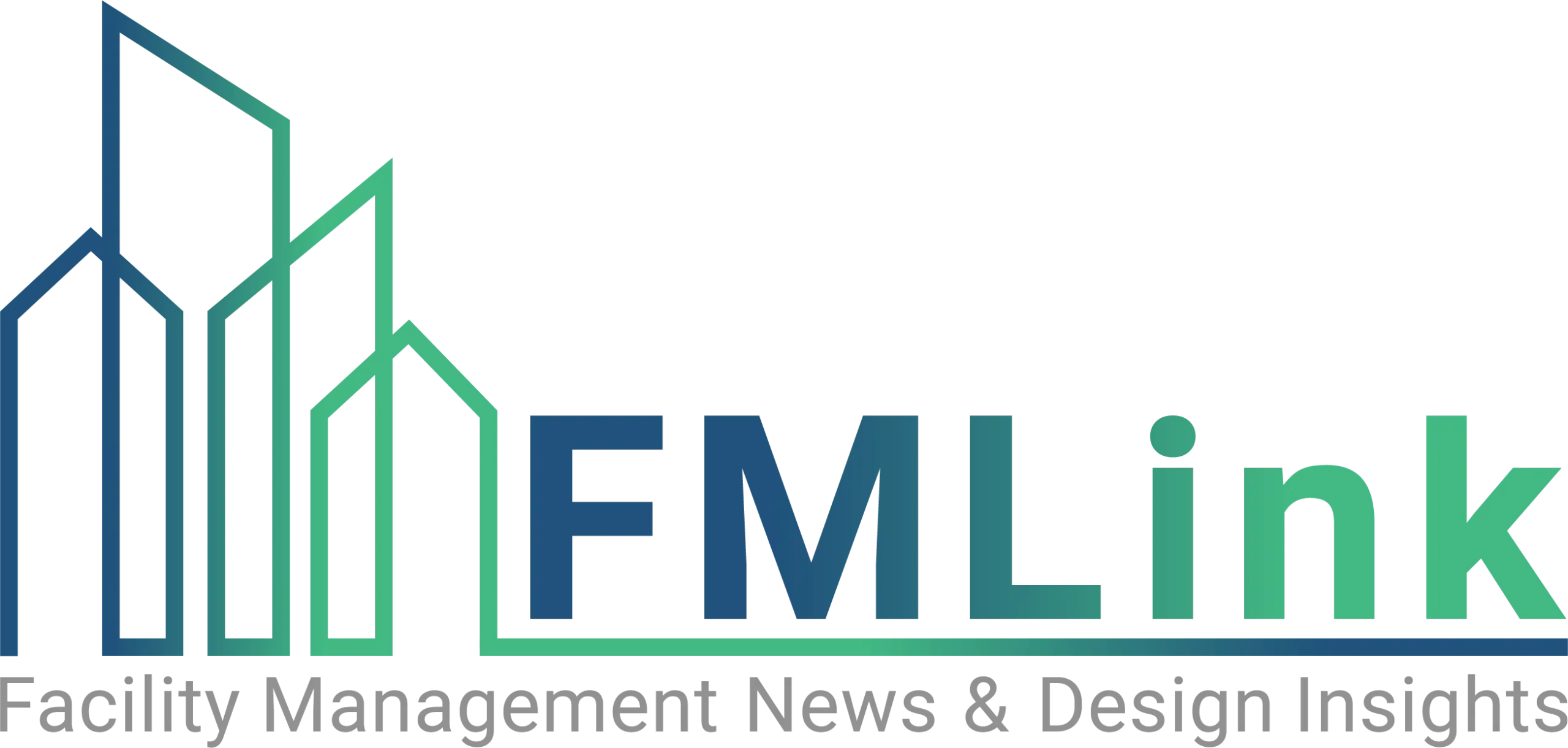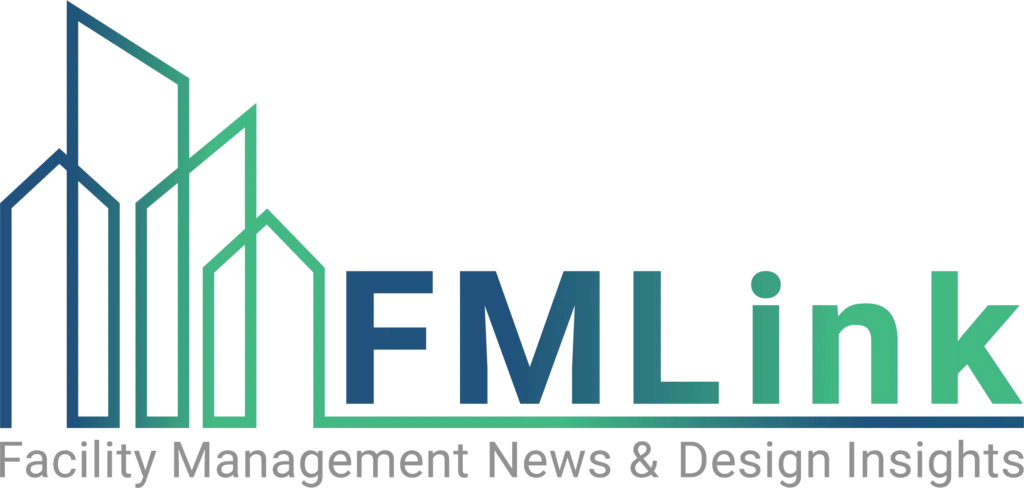If the dramatic increase in sustainability- related information and media haven’t been a clue, the world of sustainable planning and design has fully integrated itself into the world of facility management and strategy. Now more than a buzzword, sustainable facility management has begun to prove its merits across a number of industries. In surveys conducted by the International Facility Management Association on energy efficiency and sustainability throughout 2011, more than 70 percent of organizations reported having formal programs in place to implement sustainability related programs and projects, and more than 90 percent had undertaken projects in energy efficiency .
This transition has not been without external motivation. Oil and other energy prices have risen substantially over the last decade, and looming environmental constraints, such as water shortages and droughts in southern and western metropolitan areas have begun to pique the interest of resource speculators and lawmakers alike, increasing the likelihood of market volatility and resource legislation.
Despite these market movements toward a greater emphasis on environmental performance, many organizations have yet to successfully broach the broader issue of corporate social responsibility as it relates to the environment and environmental sustainability.
Impediments to success
The three greatest impediments in transitioning to a facilities framework that incorporates sustainability are financial limitations, organizational inertia, and a lack of project leadership and expertise.
Financial limitations or lack of funding is probably the most difficult roadblock to overcome. By their very nature, the implementation of many significant and impactful sustainability related building interventions require a comparatively large capital outlay that is paid for through gains in operational efficiency over the course of several years. With capital renovation budgets constricted due to the recession and daily operational expenses rising, it often is daunting for many facility managers to obtain approval for new capital projects.
The second major roadblock to a successful sustainability strategy, organizational inertia, can further exacerbate the difficulty in acquiring capital funds. Out of necessity, many organizations, particularly those with longer histories in matured industries, have developed strategies for addressing economic volatility. Unfortunately for many of these same organizations, particularly as it relates to their facility departments, this strategy revolves around a “back to the basics” and “deferred costs” approach to infrastructure management. In the face of steadily increasing base resource costs, this strategy can lead to a negative feedback loop; unpreparedness leading to financial uncertainty, constricted action and further unpreparedness.
The final major impediment to taking the first step toward a sustainable strategy is lack of clear organizational leadership and expertise related to sustainability. This can perpetuate negative inertia and increase the difficulty of making the business case for sustainability to internal stakeholders.
The lack of a clear mandate or mission statement related to sustainable practice may reduce the incentive for facility professionals to take action. Simultaneously, a lack of technical and strategic understanding as it relates to sustainable infrastructure can make it difficult for upper management to formulate a clear and concise set of goals to support a corporate mission statement.
While making action difficult within an organization, these obstacles are not insurmountable, as has been evidenced by the market’s transition toward sustainable practices. The key to a productive transition for organizations new to the arena of sustainability is quantification and compartmentalization of the problem.
Compartmentalization
A significant misconception about sustainability within a facility management organization is that it is a static and defined organizational state. The problem with this perspective is it sets the expectation for the project team or organizational stakeholder that if a specific prescribed set of actions is taken, an organization can brand itself as “sustainable” and move to the next project.

A more accurate statement would be to say that organizational sustainability is a continuum, where facility methods and interventions only can be described relative to each other. It is a process where incremental improvements are made to asset performance, evolving the organization into a more efficient and environmentally benign state. For organizations trying to leverage sustainable practices to improve their facilities, mimicking this evolutionary process will minimize the impact or internal impediments and maximize long- term success.
This strategy’s benefits for addressing organization impediments are apparent. By reducing the scale of the first series of sustainability projects to a more manageable size, many infrastructural improvements can escape internal cost minimums that may qualify them as a capital expense. This eliminates drawing from a more restricted budget pool and potentially requiring budgetary approval from non-expert or uninvolved parties. Additionally, this strategy can allow facility professionals to target projects with the shortest payback periods, setting an internal precedent for financial success and providing a trusted foundation for future larger projects. Both of these benefits can help reduce financial friction which may prevent sustainability related projects from getting off the ground.
From the perspective of organizational inertia, choose a small and highly defined problem area for intervention to facilitate the proper communication of project expectations and assumptions, and reduce the perceived risk of the project. Additionally, by establishing a string of smaller successes, the facility manager can acclimate internal stakeholders to operational change while increasing their willingness to take on larger future projects.
Finally, when looking at organizational leadership and expertise, narrowing the focus of the first series of sustainable interventions will assist in defining the necessary qualifications and expertise of the individuals who will comprise the project team, and help guide any additional training or educational requirements which may be necessary. Most organizations approaching the sustainability topic for the first time do not have established leadership in place charged with defining an internal mission statement and path for organizational development. By training a select group of project resources early in response to specific interventions, the facility manager can help to define the conversation surrounding sustainability for the organization and elevate the priority of improvement in operations and infrastructure maintenance to upper level management.
Defining a critical path

The recognition of a measured and compartmentalized approach to a sustainability strategy invariably leads to a single question, “What project comes first?” There are several philosophies for choosing the critical path for sustainable intervention.
Some organizations choose projects with high external visibility to capitalize on internal support and increase momentum for future projects. Other organizations choose the project with the highest return on investment to minimize the financial risk of buy-in and free up resources for future projects. To a large extent, the specific path any organization chooses will be dependent on the industry and source of the pressure to change.
A private industrial manufacturing firm will have an entirely different set of priorities and infrastructural needs than a publicly traded financial institution. One first step which has proven its value across the industrial spectrum is the gathering and organization of sustainability data.
Gathering data
There are few things that will sabotage a sustainability project faster than assumptions made without supporting data. As a whole, the sustainability industry has suffered from a proliferation of “green washing” and unsubstantiated marketing. A 2010 report from TerraChoice, a research subsidiary of the Underwriters Laboratory, found more than 90 percent of researched consumer products being advertised as green had utilized at least one of seven broader categories of misleading advertising.
The core component to any meaningful, successful sustainability project has been a solid foundation of data from which the current state and future improvement can be measured. For many organizations, much of this kind of data already is tracked and managed. Utility bills provide electrical and energy utilization rates and histories, sewage bills provide insight into water utilization, and waste disposal recycling records can provide an accounting of many of the material goods taken in, and discarded by an organization.
However, the scope of this kind of information can increase dramatically and include a myriad of material inputs and outputs ranging from copy paper purchasing to hazardous waste disposal. The kind of data facility managers have access to from the start largely is dictated by the type of organization they work for. Many tools are available to assist with both data acquisition and management. Some database-driven, dedicated energy and sustainability management tools exist, but similar tools also can be found as components of broader facility products. By using these tools to automate, process and report on incoming data feeds from across the organization, facility managers can create a reliable foundation on which to increase the scope of their projects.
What is most important for an organization undertaking a transition to more sustainable business practices is the capacity to analyze and report on concrete data which can illustrate the difference between project success and failure.
A targeted approach
At the end of the day, the best thing an organization can do when approaching the idea of sustainable operations and infrastructure management is to stop and evaluate the project plans being put into place. By segmenting and compartmentalizing the interventions it wants to take, facility managers can circumvent many of the impediments that prevent their programs from getting off the ground while reducing many risks that can stall a fledgling sustainability initiative midstream. When supported by internal data, this type of targeted approach can set a precedent within the organization in responding to emerging environmental requirements and put into place a solid foundation for future action. FMJ
References:
- http://www.ifma.org/files/resources/research/reports/2011-energy-efficiency-report.pdf (page 8)
- http://www.ifma.org/files/resources/research/surveys/2011/Sustainability-Findings-2011.pdf (page 2)
- http://sinsofgreenwashing.org/findings/greenwashing-report-2010/ (page 2)
- http://sinsofgreenwashing.org/findings/greenwashing-report-2010/ (page 6)
